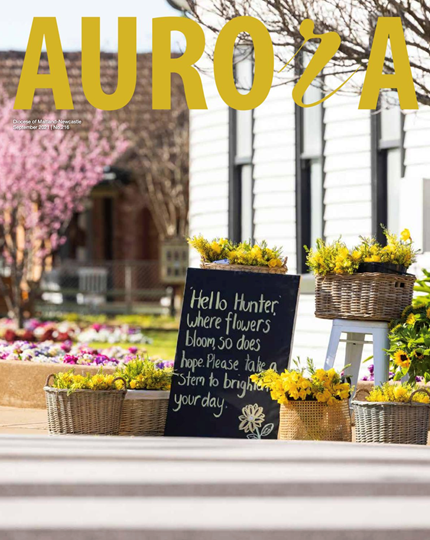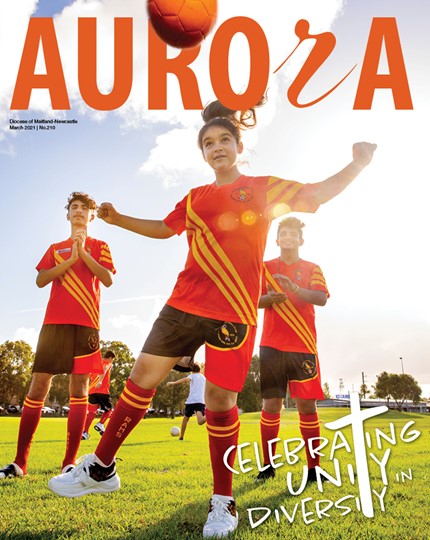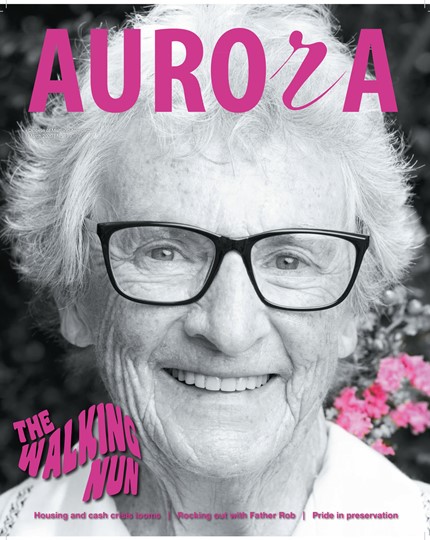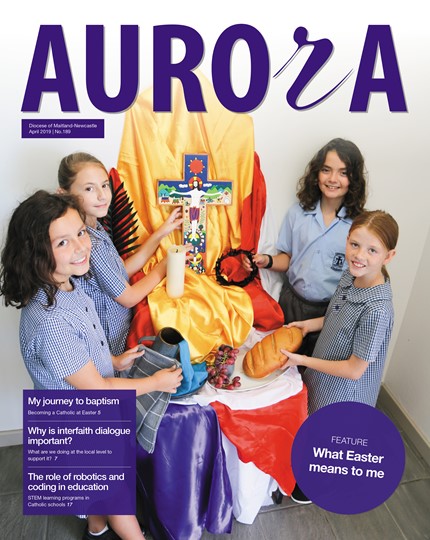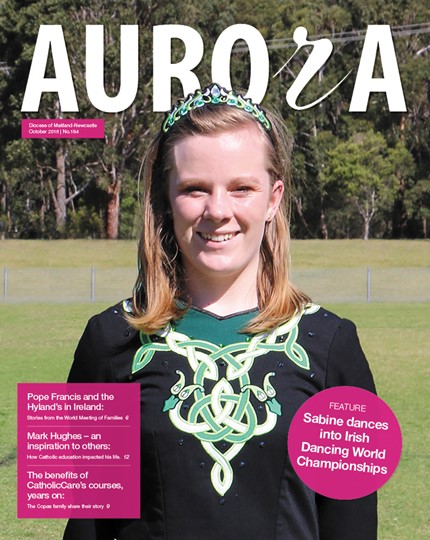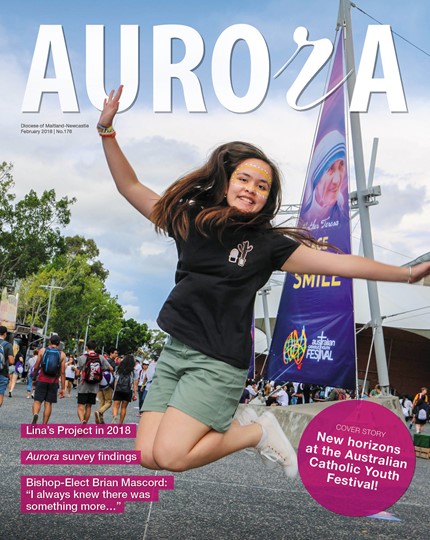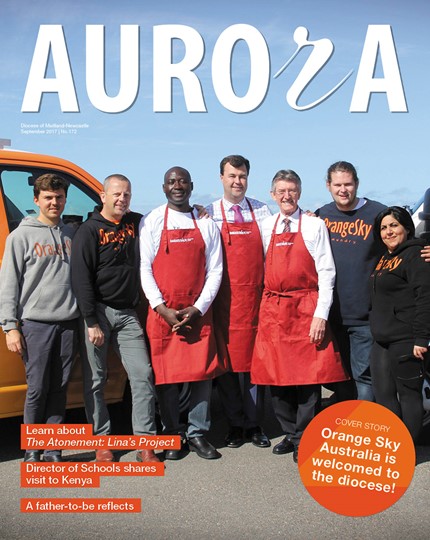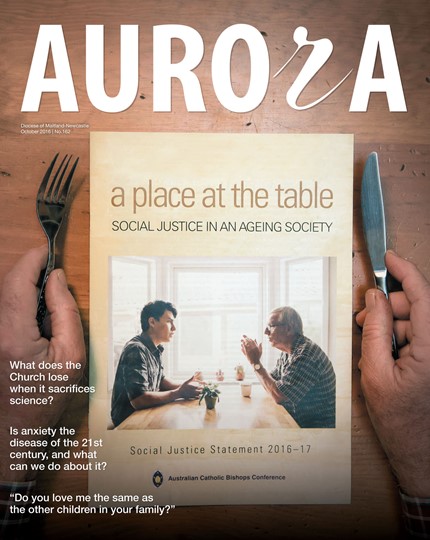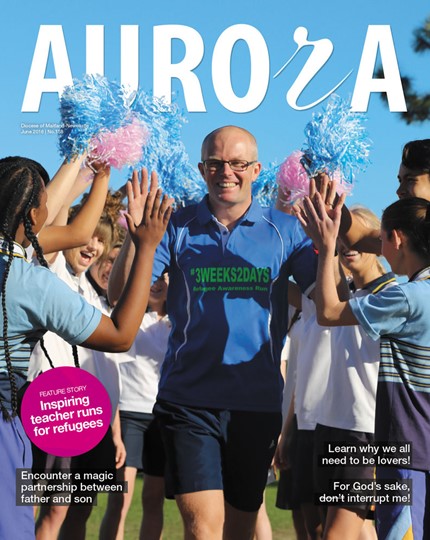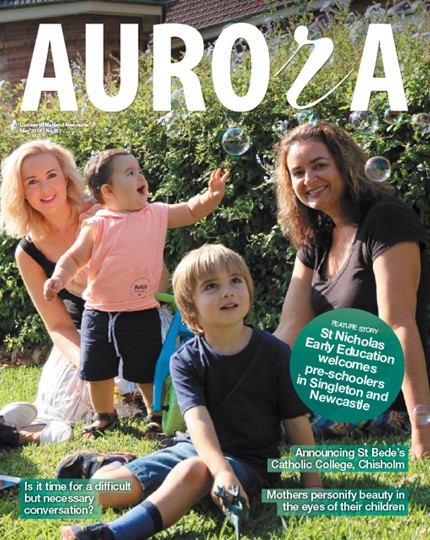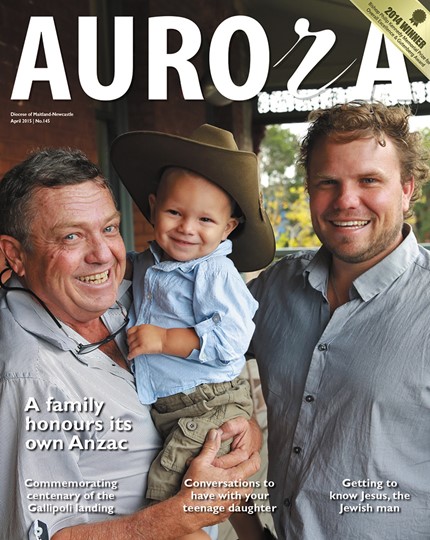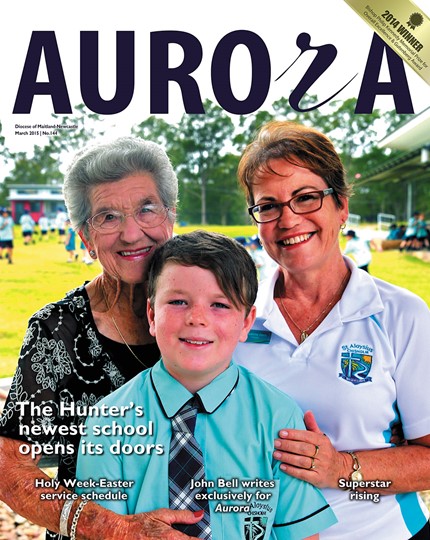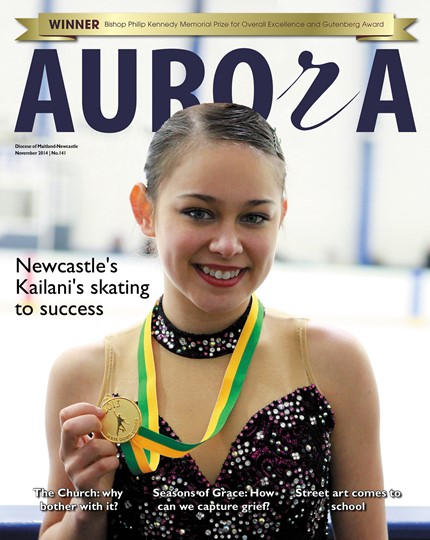Opening his synod last October focusing on the Amazon, Pope Francis extolled the virtues of native cultures and urged bishops to respect their histories and traditions rather than imposing ideologies on them.
But traditionalist critics have called Pope Francis’s views “heretical” and an invitation to a “pagan” religion that idolises nature rather than God. Francis’s response to the Synod of Bishops for the Pan-Amazon region was the apostolic exhortation “Querida Amazonia” (“Beloved Amazonia”).
Chairperson of the National Aboriginal and Torres Strait Islander Catholic Council (NATSICC), John Lochowiak, says “Querida Amazonia” was warmly received by many members of Australia’s indigenous Catholic community. Mr Lochowiak is a Wadi (an initiated man) with strong ties to many Aboriginal language groups throughout Australia.
“The tone of Pope Francis’s exhortation is reflective of the position that underpins our vision for the Church in Australia,” Mr Lochowiak said. “A Church that is open to the gifts of First Nations Catholics, honest to the past, and embracing a new way of thinking. The plenary process currently under way carries the hopes and dreams of the 130,000 Aboriginal and Torres Strait Islander Catholics.”
Many Aboriginal and Torres Strait Islander Catholics expected “Beloved Amazonia” to include a definitive statement on the acceptance of married men into the priesthood to address the needs of remote Amazonian indigenous communities, drawing parallels to their communities in Australia.
Mr Lochowiak says cultural responsibilities may deter some Aboriginal men from becoming priests in some communities, but Aboriginal society is also culturally and morally bound to respect and revere its matriarchs.
One such empowered woman is Louise Campbell, the Diocese of Maitland-Newcastle’s Aboriginal Education Officer. Ms Campbell is also a member of the Aboriginal and Torres Strait Islander Catholic Ministry, a group that initially formed in response to a synod gathering in Victoria a few years ago.
“As a group, we talked about all that stuff that Aboriginal and Torres Strait Islander Catholics bring to the table in relation to First Nations people being involved,” Ms Campbell said. The Aboriginal and Torres Strait Islander Catholic Ministry has moved from dreaming to believing and now has an important contribution to make to the Church.
“We have a very active Aboriginal and Torres Strait Islander Ministry in the Diocese,” Ms Campbell said. “One of the bigger projects we are working on with all the agencies is the diocesan Reconciliation Action Plan. It’s a really important document the Bishop would like to finalise.
“We try to include Aboriginal and Torres Strait Islander ways of knowing and doing within Church ceremonies. It’s a way of reaching out to Aboriginal and Torres Strait Islander Catholics to be a part of the Church.”
But Ms Campbell acknowledges the difficulties for Aboriginal and Torres Strait Islander people to be involved in the Church, mainly because of past policy issues.
“The Church was very involved in colonisation when it was bringing the Gospel readings to the people,” she said. “And the Church was very involved in the process of removing the children — working with the government. It is still a sticking point.”
Yet statistics paint an interesting picture. The 2016 census recorded 133,525 indigenous Catholics in Australia, up from 124,610 in the 2011 census. The Hunter figure was 7244 indigenous Catholics in 2016, up from 5163 in 2011.
“I said to one of our diocesan priests, ‘do you realise that in the last census we had more than 7000 Aboriginal and Torres Strait Islander Catholics? That’s nearly a 5 per cent increase,” Ms Campbell said. “It’s wonderful to see, but what are we doing as a Diocese? Do we have a direct relationship with those people? Are we doing anything to encourage our people to be baptised Catholics? And to reach out to those who are?”
Ironically, many of the stolen generation were educated in Catholic institutions and Mr Lochowiak points to the Church’s important legacy. “The Catholics educated us when the state system wouldn’t,” he said. “And we were treated much better in society when we said we were Catholic.”
Education is central to Ms Campbell’s agenda, especially closing the gap on literacy and numeracy. “We want our kids to have the same opportunities as all the children,” she said. “We want all Aboriginal and Torres Strait Islander children to be literate and numerate before they finish school. The opportunities are there if we can get them through the education system. We want them to study medicine, teach, or enter other professions.”
Reconciliation takes many forms, and it is possible to teach the Dreaming and the Gospel. “They’re very, very similar,” Ms Campbell said. “I always say that some of the Old Testament stories around Creation are very important to Aboriginal and Torres Strait Islander people.
“The Church has been involved in Aboriginal and Torres Strait Islander people’s lives since colonisation. Through its own thinking and its own eyes it thought it was doing something good for Aboriginal and Torres Strait Islander people. But as we know, we lost our language, we lost a lot of our culture, we lost our children. Our communities and families broke down.”
It's time for healing, and a seat at the table. “The Catholic Church in Australia must provide some opportunity for healing with Aboriginal people,” Ms Campbell said. “We all hear about building the kingdom of God, but how do we provide healing and move forward as a nation?
“When the oldest surviving culture in the world has a meeting, it always asks ‘who is missing?’ When there is a meeting of the Catholic Church leadership, who is missing from the table? At big leadership team meetings of the Diocese you won’t see an Aboriginal person there.”
Ms Campbell is part of the stolen generation. One of six sibling removed from her parents in the 1960s, she lived with a foster family in Cessnock. She is Gumbaynggir, from the Nambucca Heads-Coffs Harbour region; her father’s people come from the Yuin nation on the south coast, and her maternal great grandmother is Bundjalung and Yaegl from north-eastern NSW.
“I went to St Patrick’s Primary School, Cessnock, and then I went to St Joseph’s at Lochinvar,” she said. “I’ve been here for a long time. It’s been a struggle. I’ve been trying to get Aboriginal Catholics within our Diocese to come forward. Many of them were a big part of the Catholic Church in other regions, but kids were abused, and they moved down this way to the Maitland-Newcastle Diocese. They love the church. But they’re frightened. They’re petrified.
“This is what I’m saying to the Aboriginal and Torres Strait Islander Catholic Ministry group. We have to restore confidence. You wouldn’t just see 7000 Aboriginal and Torres Strait Islander Catholics, you’d see more. I know there are more who want to be back celebrating being Catholic as an Aboriginal and Torres Strait Islander person. How do we do this as a Church?”
Mr Lochowiak says we need to see all Aboriginal and Torres Strait Islanders as leaders and role models in the Church. “There is not simply ‘Aboriginal way’ and ‘Catholic way’, there is something in between where each strengthens and lifts the other,” he said. “This is the Church we imagine.”
















